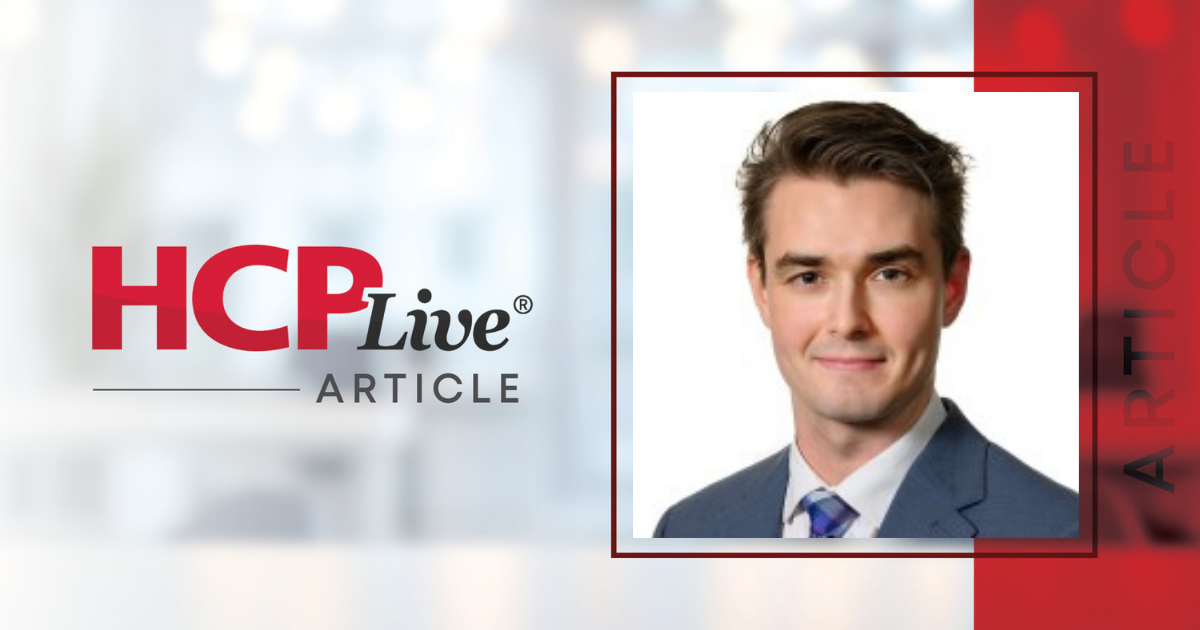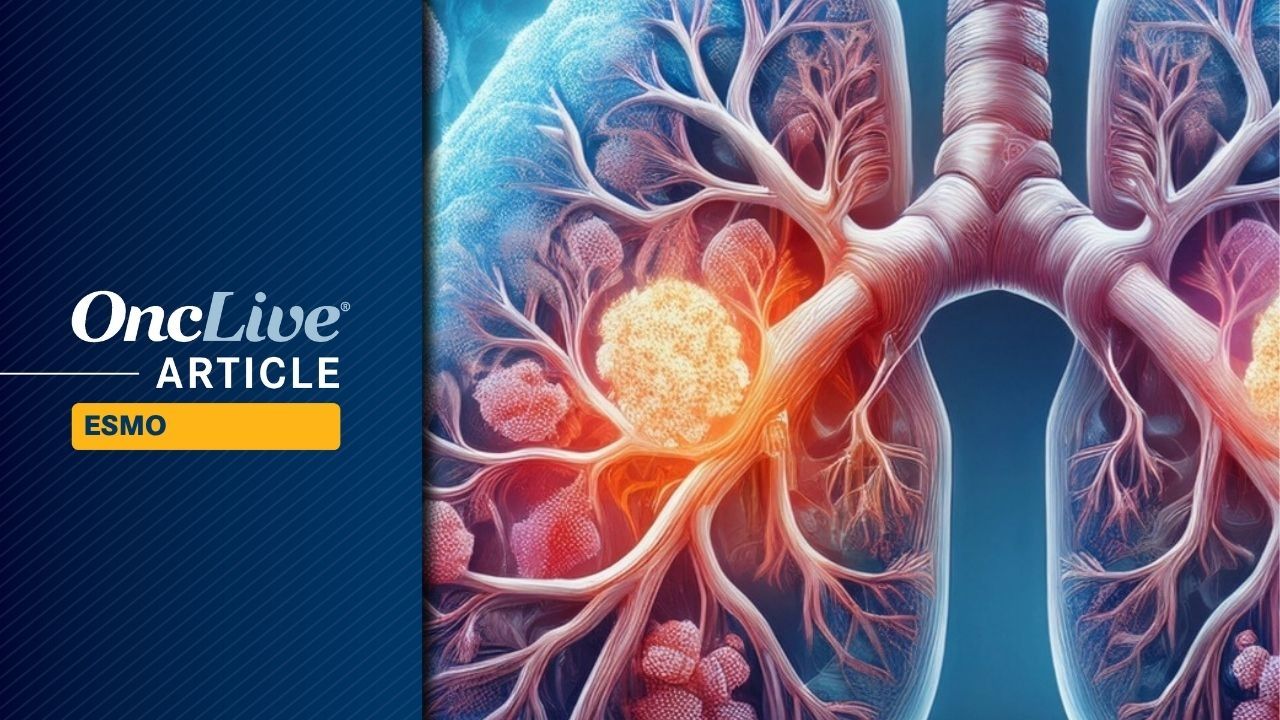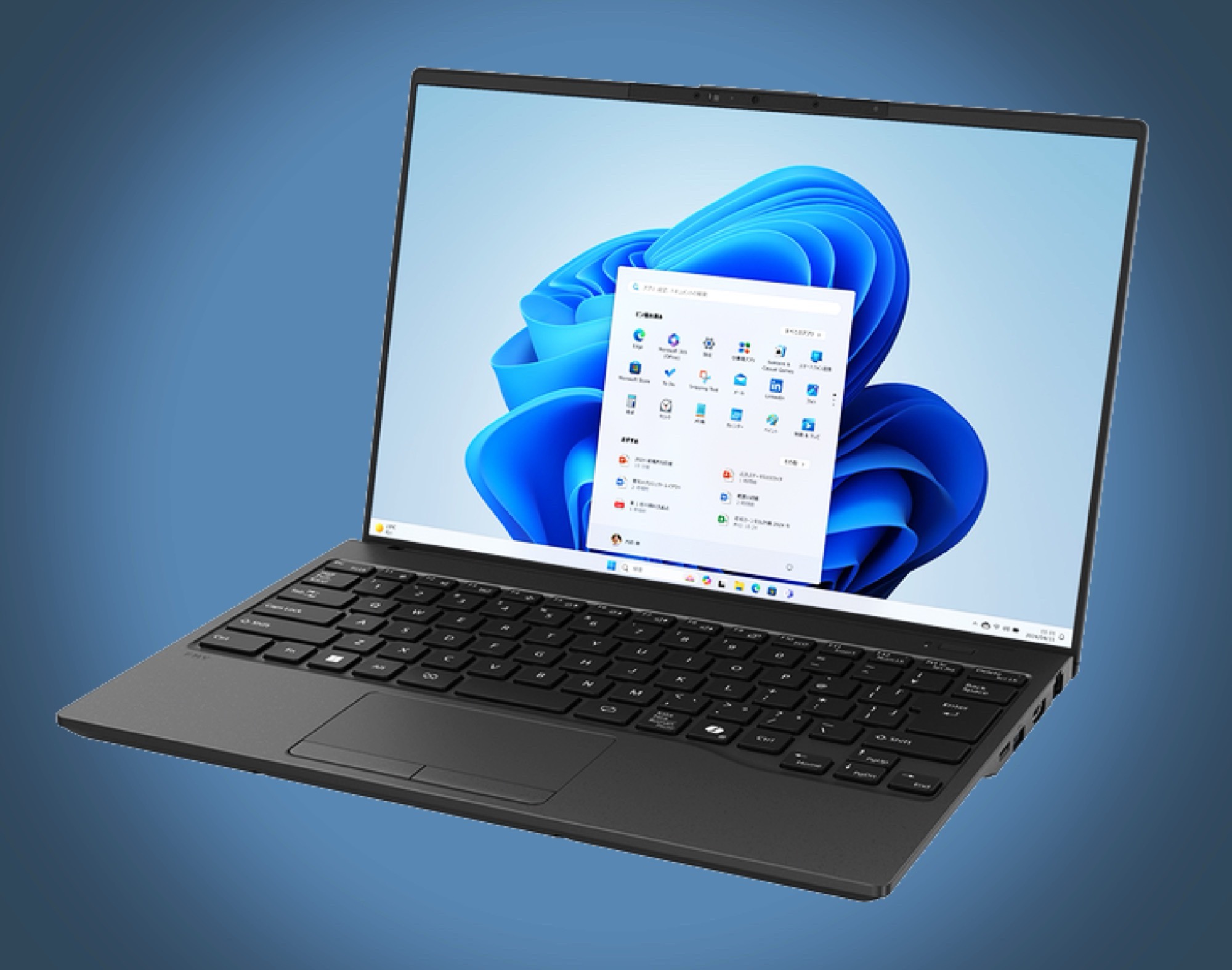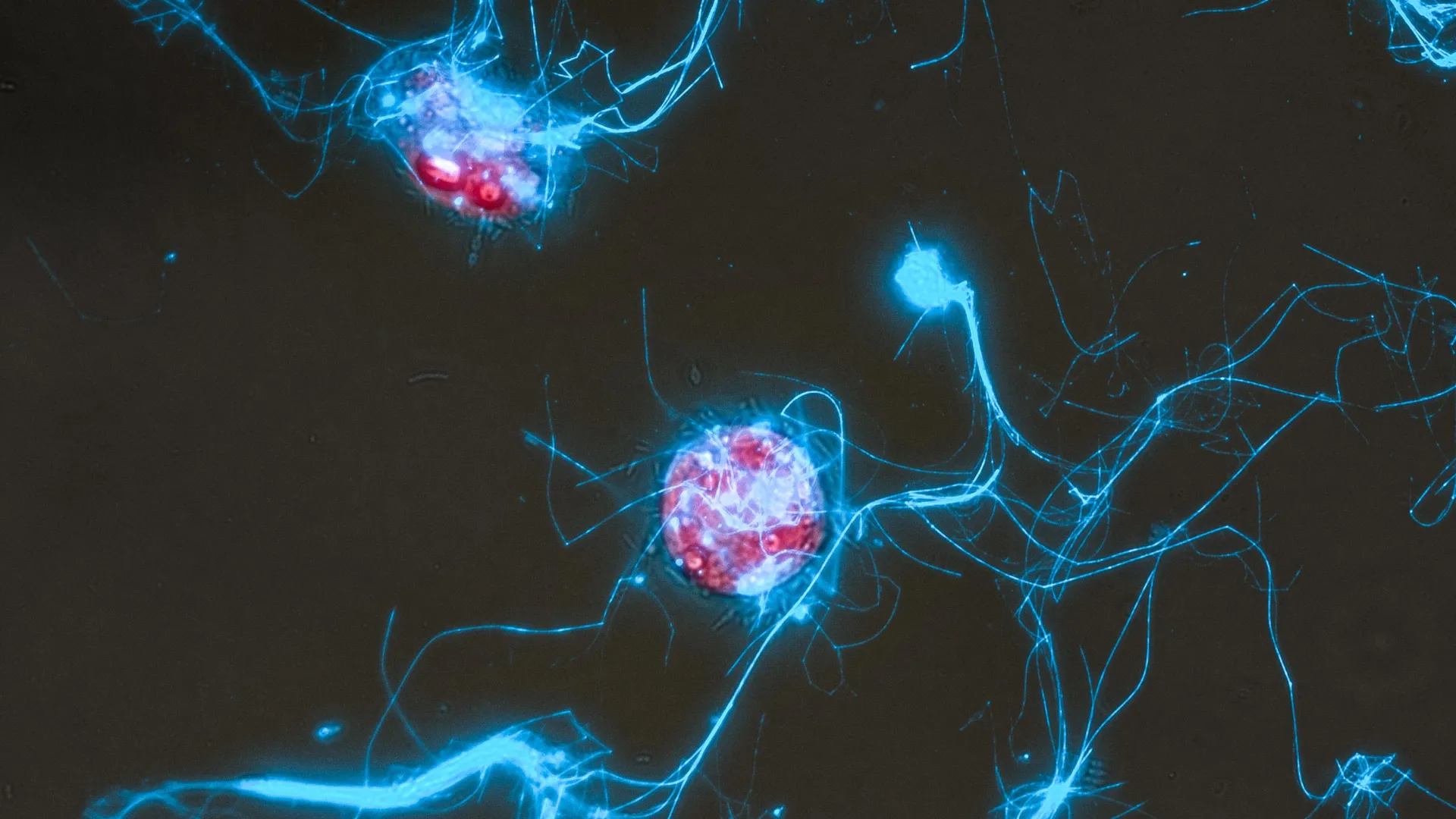Ivonescimab paired with chemotherapy led to a significant improvement in progression-free survival (PFS) vs tislelizumab-jsgr (Tevimbra) plus chemotherapy in patients with advanced squamous non–small cell lung cancer (NSCLC), according to findings from the phase 3 HARMONi-6 study (NCT05840016) presented during the 2025 ESMO Congress.1
The median PFS was 11.14 months (95% CI, 9.86-not evaluable [NE]) with ivonescimab plus chemotherapy (n = 266) vs 6.90 months (95% CI, 5.82-8.57) with tislelizumab plus chemotherapy (n = 266), translating to a 40% reduction in the risk of disease progression or death (HR, 0.60; 95% CI, 0.46-0.78; P < .0001). The PFS benefit favored ivonescimab plus chemotherapy across all key subgroups.
“Ivonescimab plus chemotherapy showed significant efficacy improvement with a manageable safety profile and might be a new standard of care for advanced squamous NSCLC,” Shun Lu, MD, PhD, of Shanghai Chest Hospital, in Shanghai, China, said in a presentation of the data during a presidential symposium.
Top HARMONi-6 Highlights
- Ivonescimab plus chemotherapy significantly improved PFS to 11.1 vs 6.9 months with tislelizumab (HR, 0.60; P < .0001) in advanced squamous NSCLC.
- Benefit was observed across PD-L1 subgroups, with higher ORR (75.9% vs 66.5%) and longer median DOR (11.2 vs 8.4 months).
- Safety remained manageable, with expected immune- and possibly VEGF-related AEs.
- Findings support ivonescimab as a potential new standard of care in this population.
In April 2025, Akeso announced that the first-line combination of ivonescimab plus chemotherapy improved PFS in this patient population.2
What Was Examined in the HARMONi-6 Study?
The multicenter, double-blind, parallel-controlled study enrolled patients with pathologically confirmed squamous NSCLC who had stage IIIB to IV disease and an ECOG performance status of 0 or 1.1,3 Patients did not have prior exposure to systemic therapy and did not have tumors harboring EGFR mutations or ALK rearrangements.
Participants (n= 532) were randomly assigned 1:1 to receive ivonescimab at 20 mg/kg every 3 weeks (Q3W) or tislelizumab at 200 mg Q3W plus carboplatin at area under the curve (AUC) 5 Q3W and paclitaxel at 175 mg/m2 Q3W up to 4 cycles followed by ivonescimab at 20 mg/kg Q3W or tislelizumab at 200 mg Q3W for up to 24 months or intolerable toxicity. They were stratified by disease stage (IIIB/IIIC vs IV) and PD-L1 tumor proportion score (TPS; ≥1% vs <1%).
The primary end point of the study was PFS by independent radiology review committee (IRRC) assessment and RECIST 1.1 criteria, and a key secondary end point was overall survival (OS). Additional secondary end points included investigator-assessed PFS, objective response rate (ORR), disease control rate (DCR), duration of response (DOR), time to response (TTR), and safety.
A total of 528 patients were planned to provide 86.3% power for PFS assuming PFS HR of 0.70 and 80% power for OS assuming OS HR of 0.73. Investigators leveraged a hierarchical testing approach to evaluate PFS first and OS second—both at a 1-sided α level of 0.025. The presentation delivered at the 2025 ESMO Congress was based on the prespecified PFS interim analysis, which was planned for when 208 PFS events occurred; 221 PFS events were actually observed. The corresponding statistically significant efficacy boundary is P ≤ .0094.
What Were the Baseline Characteristics of the Patients Enrolled in HARMONi-6?
In the ivonescimab-plus-chemotherapy arm (n = 266), 49.2% of patients were at least 65 years of age; 47.7% of patients in the tislelizumab/chemotherapy arm (n = 266) were at least 65 years. Most patients in both arms were male (96.2% vs 89.5%), had an ECOG performance status of 1 (84.2% vs 83.5%), were current or former smokers (92.1% vs 86.1%), and had stage IV disease (92.1% vs 92.5%).
In the ivonescimab arm, 39.5% had a TPS of less than 1%, 60.5% had a TPS of ≥1%, 42.1% had a TPS ranging from 1% to 49%, and 18.4% had a TPS of ≥50%; in the tislelizumab arm, these respective rates were 39.5%, 60.5%, 37.2%, and 23.3%. In the ivonescimab arm, 15.8% of patients had 3 or more metastatic sites, 10.5% had liver metastases, and 3.4% had brain metastases; in the tislelizumab arm, these rates were 14.7%, 16.9%, and 6.4%, respectively.
What Was the PFS With Ivonescimab in the Different PD-L1 Expression Subgroups?
Ivonescimab demonstrated meaningful PFS improvement over tislelizumab irrespective of PD-L1 expression. The HR for PFS in those with PD-L1 TPS of under 1% was 0.55 (95% CI, 0.37-0.82); in those with PD-L1 TPS of 1% or higher, the HR for PFS was 0.66 (95% CI, 0.46-0.95). In those with PD-L1 TPS ranging from 1% to 49%, the HR for PFS was 0.63 (95% CI, 0.41-0.98). Lastly, in those with a TPS of 50% or higher, the HR for PFS was 0.71 (95% CI, 0.37-1.33).
What Additional Ivonescimab Efficacy Data Were Reported?
In those with any PD-L1 expression, the ORR by IRRC with ivonescimab plus chemotherapy was 75.9% vs 66.5% with tislelizumab plus chemotherapy (P = .008). In the ivonescimab arm, 0.4% of patients had a complete response as best overall response, 75.6% had a partial response, and 14.7% had stable disease; 2.3% had progressive disease. In those with a PD-L1 TPS of less than 1%, the ORRs with ivonescimab were 69.5% vs 61.0% with tislelizumab. In those with a PD-L1 TPS of 1% or higher, these respective rates were 80.1% and 70.2%.
The median DOR with ivonescimab plus chemotherapy was 11.20 months (95% CI, 8.54-NE) vs 8.38 months (95% CI, 5.72-NE) with tislelizumab plus chemotherapy (P = .0219).
What Was the Safety Profile of Ivonescimab?
Treatment-related adverse effects (TRAEs) occurred in 99.2% of patients in the ivonescimab arm vs 98.5% in the tislelizumab arm; they were grade 3 or higher for 63.9% and 54.3%, respectively. Serious TRAEs were experienced by 32.3% of those in the ivonescimab arm and 30.2% of those in the tislelizumab arm. TRAEs led to discontinuation of ivonescimab vs tislelizumab in 3.4% vs 4.2% of patients; 3.0% vs 3.8% of patients experienced TRAEs that led to death.
The most common TRAEs experienced by at least 15% of patients in the ivonescimab plus chemotherapy arm included alopecia (all grade, 65.4%; grade ≥3, 0%), anemia (53.0%; 6.4%), decreased neutrophil count (45.1%; 32.0%), decreased white blood cell count (36.1%; 10.9%), decreased platelet count (28.6%; 2.6%), hypoesthesia (26.7%; 0%), decreased appetite (21.8%; 1.5%), increased alanine aminotransferase (19.5%; 0.8%), pain in the extremity (18.8% vs 1.1%), proteinuria (18.0%; 1.5%), hypertriglyceridemia (17.3%; 1.1%), increased aspartate aminotransferase (15.8%; 0%), hypoalbuminemia (15.8%), and leukopenia (14.3%; 5.6%), and nausea (14.3%; 0.8%).
Any-grade immune-related AEs (irAEs) occurred in 27.4% of those in the ivonescimab arm vs 25.3% of those in the tislelizumab arm; they were grade 3 or higher in 9.0% and 10.2% of patients, respectively. Serious irAEs occurred in 8.6% of those who received ivonescimab and 9.8% of those who received tislelizumab. irAEs led to discontinuation of either drug for 1.1% and 2.3% of patients, respectively; 1 patient on the tislelizumab arm experienced an irAE that led to death.
AEs potentially related to VEGF inhibition occurred more frequently in the ivonescimab arm, and most cases were grade 1 or 2. In the ivonescimab arm, these effects occurred at any grade in 46.2% of patients and at grade 3 or higher in 7.5% of patients; in the tislelizumab arm, these rates were 22.6% and 2.3%, respectively. In the ivonescimab arm, the most common possibly VEGF-related AEs were proteinuria (27.1%; 2.3%), hemorrhage (21.4%; 1.9%), hypertension (10.2%; 3.0%), arterial thromboembolism (1.1%; 1.1%), venous thromboembolism (0.8%; 0%), and fistula (0.4%; 0%).
What Is the Take-Home Message Regarding Ivonescimab in NSCLC?
After the presentation, Myung-Ju Ahn, MD, PhD, of the Division of Hematology-Oncology in the Department of Medicine at Samsung Medical Center, Sungkyunkwan University School of Medicine, in Seoul, Korea, commented on the significance of the data. She said: “Ivonescimab plus chemotherapy demonstrates clinically meaningful PFS and ORR across PD-L1 subgroups, with a low rate of hemorrhage even in a population enriched for high-risk features. HARMONi-6 represents an important step forward in the management of squamous NSCLC.”
She cited the following as important unanswered questions:
- Real-world application will need multidisciplinary vigilance, especially in those with central tumors or cavitation
- It is unknown whether PFS benefit will translate into OS benefit. Duration of treatment exposure and post-progression therapy patterns will be important to decipher long-term benefit.
- Mature OS and quality-of-life data are needed. Angiogenic and immune biomarkers are also needed for patient selection.
- Global external validation is needed across diverse populations.
Disclosures: Dr Lu received research support from AstraZeneca, Hutchison, BMS, Heng Rui, Beigene, and Hansoh. Speaker fees were received from AstraZeneca, Roche, Hansoh, and Hengrui Therapeutics. He serves as an advisor and consultant for AstraZeneca, Pfizer, Hutchison MediPharma, ZaiLab, Yuhan Corporation, Menarini, InventisBio Co., Ltd, Shanghai Fosun Pharmaceutical Group Co., Ltd., and Simcere Zaiming Pharmaceutical Co., Ltd. He is an independent board member of Innovent Biologics, Inc.
References
- Lu S, Yang F, Jiang Z, et al. Phase III study of ivonescimab plus chemotherapy versus tislelizumab plus chemotherapy as first-line treatment for advanced squamous non-small cell lung cancer (HARMONi-6). Presented at: 2025 ESMO Congress; October 17-25, 2025; Berlin, Germany. Abstract LBA4.
- Ivonescimab in combination with chemotherapy demonstrates statistically significant and strongly positive results in first-line treatment of squamous non-small cell lung cancer (sq-NSCLC) vs. tislelizumab in combination with chemotherapy. News Release. Akeso. April 23, 2025. Accessed October 19, 2025. https://www.akesobio.com/en/media/akeso-news/250423/
- AK112 in combination with chemotherapy in advanced squamous non-small cell lung cancer. ClinicalTrials.gov. May 2, 2025. Accessed October 19, 2025. https://clinicaltrials.gov/study/NCT05840016







